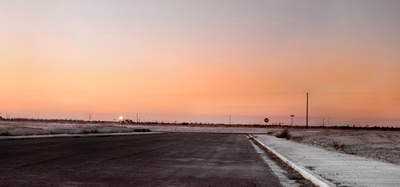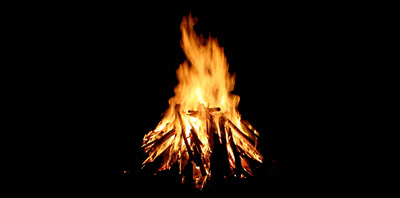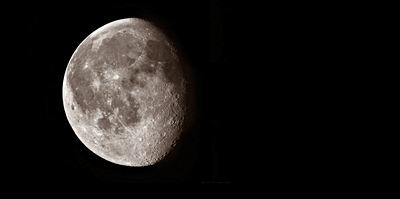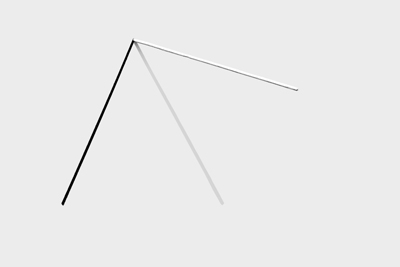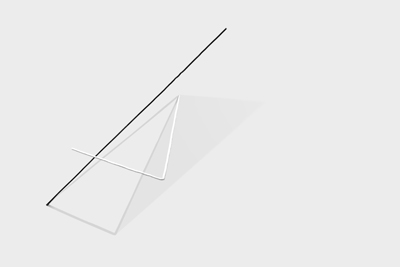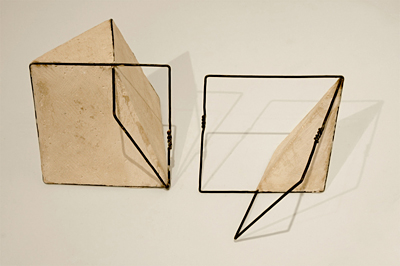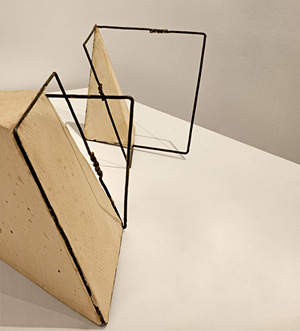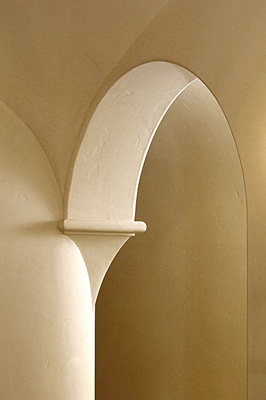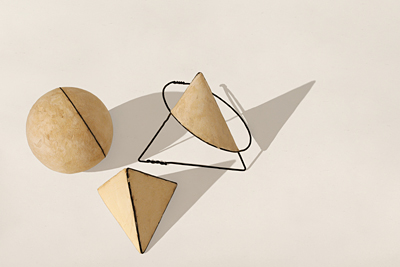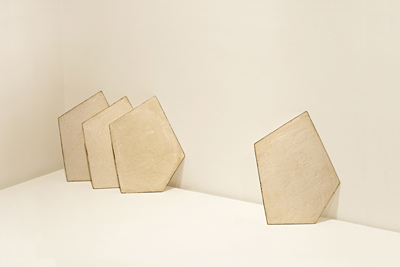headlands center for the arts i love to stare The objects and installations I create in my art practice are not the sum total of my art-making. The sculptures I make are my response to the physical presence of things, and are the results of an experience rather than a final product. They are the detritus left behind from time spent gazing at the physical world. Like the wake of a passing ship, these works are not the actual event, but are an indication of something that took place. The point and purpose of my art-making is not solely to create sculpture, but also to be with the objects. My art-making is primarily about the experience of experiencing objects.
Most of us enjoy observing a sunset. I chose this particular sunset image because of its relative visual simplicity. I'm interested in the totality or convergence of ground, sky, and setting sun. I like to think of this sunset, and any sunset, as an object. I like to visualize a sunset as an amazing 3-dimensional thing—a very large, compelling entity offering complex visual rewards. When staring at sunsets, I notice that I begin by looking at any one spot—say the middle of the horizon line. Then my gaze might sweep upward, looking for the evening's first twinkling star. Then I look lower again and notice time has passed, changing the overall brightness; the hues have deepened and become more saturated. This act of looking and re-looking is fundamental to how I experience sunsets and could be a part of why they are so compelling to me. By looking and re-looking I am continuously rewarded by what comes next.
A campfire is another compelling thing to stare at. I don't know why this is, but I find fires easily as appealing as sunsets. Similar to sunsets, fire is an object that's always changing and visually shifting under our gaze. We've been sitting at and staring into fires for well over a million years. We may have adapted some of our seeing capabilities especially for this kind of looking. The fact that we, as a species, have gazed at a single type of object for thousands of generations might partially explain why staring at fire can be so rewarding.
The moon is another visually interesting object—possibly the most compelling object of all time. With things like this available for us to look at, it's incredible to me that we ever need to look any further. I'm assuming nearly all humans find themselves, from time to time, staring at these three particular objects (sunset, fire, moon). All three hold an objectness—a physical presence we can strongly relate to. I consider these three to be universally loved objects. Collectively, we've probably been gazing at these things since the dawn of human consciousness.
This is a sculpture I made—an installation. The title of this work is "1 wire." It consists of a single, 10-inch piece of painted coat hanger wire stuck in a gallery wall. Overhead spot lighting casts a gray shadow that angles down towards the middle. To the left, a black line is painted on the wall. Through long and repeated periods of observing this sculpture, I've noticed that I tend to look at it the same as when gazing at a sunset. I first focus on one part—say the painted wire, then my gaze shifts to the shadow, then to the black line. All the while I'm gathering information and attempting to discern what it is I'm seeing. After looking for a while in this way and reaching conclusions, I tend to repeat the process. I'm compelled to look and re-look.
This installation is called "triangle." It contains two wires—one painted white, the other black. The shadow cast here is an outline of a triangle. The grey, solid, filled triangle to the right is painted on the wall. By introducing what appears as a solid shadow cast by an object containing no mass, a visual disconnect or irresolution is established.
This piece is called "two-2squares." It's constructed of burnt coat hanger wire and hardware-store plaster. It invites us to focus on line, shape and mass. In a rudimentary way, it also calls attention to where there is negative and positive space.
The observable attributes of these sculptures—line, shape, mass, shadow, etc.—are not what I set out to accomplish when making these objects. As in all my works, I simply bend and carve and paint, and paint shadow, all the while looking and re-looking. When I notice a visual peak or zenith, I stop.
This interior architecture is similar to the interior of our apartment with its lines, light, shadows, colors, and gradients. I have spent whole afternoons into evenings just sitting and watching the walls as the light changes and slowly fades to night. I find looking at scenes like this to be very nourishing. Like money in the bank, staring can feel like receiving something tangible. Another important aspect of objecthood is the relationship between things and their physical context. Even a sunset is affected by its surroundings. Were a sunset somehow captured and viewed inside of a shoebox it just wouldn't be the same. How and where an object is situated is easily as important to the object's physical presence as the line, shape, and mass of the object itself.
In my work I observe strong visual interactions and relationships to the works' surroundings. My sculptures have a pronounced interdependency with their physical location. Because of this, I spend lots of time leveling, smoothing, and painting walls and surfaces where my work will be placed or installed. I slide my palms across the wall's surface measuring its smoothness. I notice how the light falls—on one wall causing a certain brightness and hue—on another causing very different effects. I'm aware of shadowing where dips or slight valleys occur. I notice how the time of day changes things. This level of visual detail is necessary because what's adjacent to the sculptures, is, in every way, truly a part of my work.
I want to make things that compel me to look—that I can ponder and stare at. I believe things in the world (objects like sunsets and fires) have no inherent meaning but are just there. The moon came into being on its own. No one set out to make it appeal to us the way it does; it evolved, as did our ways of seeing it, through processes of their own. My work too is the result of a process. I want to create things having that same kind of visual openness and acuity. I hope my sculptures simply are what they are. I believe that to look and re-look at things is something we've been doing a long time and is an important process for our understanding. To gaze upon our world is an act of truly seeing. To see and re-see enlarges and heightens our perspective of life, of our relationship to consciousness—of everything.
|
